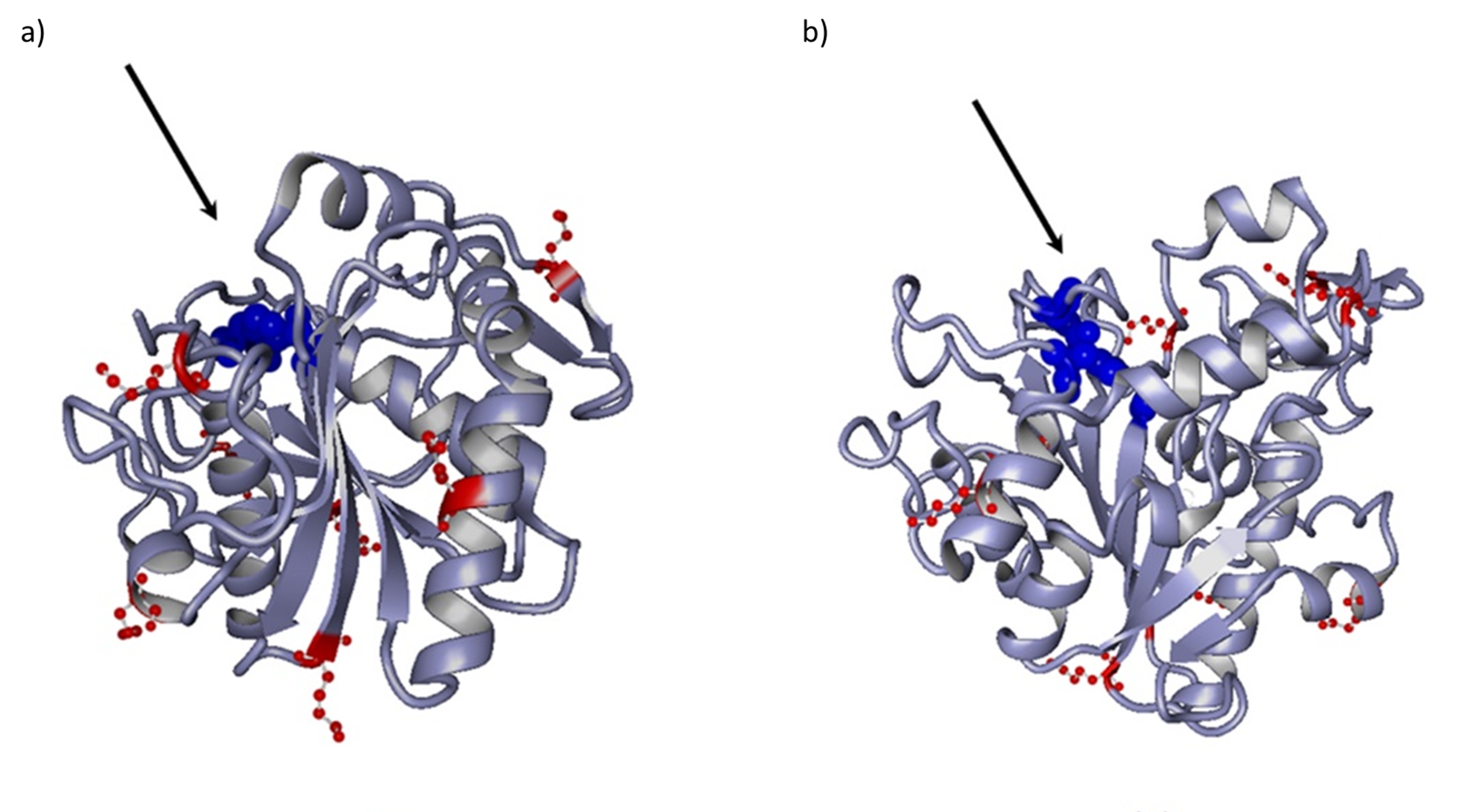PhD Top Stories
Mariachiara Spennato
Turning biomass into functional composite materials: rice husk for fully renewable immobilized biocatalysts
Doctoral Programme in Chimica
The problem of pollution from polymeric and plastic materials, derived from petroleum, has acquired a considerable importance in recent decades. The United Nations Environmental Program has estimated that using these materials has an impact on natural capital of 75 billion dollars per year, in terms of upstream (extraction and processing of raw materials), without accounting the downstream (impact of the material after it is used). In the chemical and biotechnological fields, fossil-based polymeric resins are used as carriers for the immobilization of enzymes that catalyze reactions of industrial interest from the synthesis of pharmaceutical compounds to fine chemicals, to bulk production in the food and cosmetic sector. In the last years, we have tackled the challenge of making biocatalysis more sustainable and suitable for the large-scale processes of bioeconomy by developing immobilized biocatalysts that exploit residual biomass from agricultural products. Rice husks attracted our attention as a potential renewable carrier for enzyme immobilization. Rice husk is an underexploited, low density and highly robust composite material, massively available from rice processing. This lignocellulosic material is the second most abundant biomass globally, produced in around 120 Mt per year, of which only 20 Mt are used. Rice Husk is made of SiO2, lignin, hemicellulose, and cellulose, which provides a versatile chemical platform for introducing functionalities. It also meets circularity criteria because it can be reutilized at the end of its proposed industrial application.
The present study illustrates a sustainable and scalable method that demonstrates how it is possible to exploit rice husk as immobilization carrier while overcoming the use of toxic reagents, such as NaIO4 and glutaraldehyde. The method was validated with lipase B from Candida antarctica (CaLB) and lipase from Thermomyces lanuginosus (TLL), which are widely used in industry. Rice husk surface was characterized using advanced spectroscopic methods at Elettra Synchrotron. Applications of lipases in an aqueous environment require the covalent anchoring of the enzyme on the carriers for preventing the detachment of the protein and its partition in the medium. The covalent binding of proteins on any carrier requires the introduction of functional groups able to form suitable bonds with the side chains of amino acids present on the protein surface. We have previously reported the functionalization of rice husk through chemical oxidation of cellulosic component using NaIO4. To improve the sustainability and scalability of the oxidative process, a protocol was developed in which the toxic NaIO4 was replaced by laccase enzymes, copper-oxidases present in various organisms like bacteria, plants, insects, and fungi that used TEMPO as mediator (Figure 1).

Figure 1: Schematic comparison of the chemical and enzymatic mediated oxidation of cellulose. The NaIO4 causes the oxidative cleavage of the glucose with the formation of two aldehyde groups. The laccase/TEMPO system oxidizes the primary hydroxyl group to an aldehyde, which undergoes spontaneous oxidation to carboxyl group.
CaLB and TLL (figure 2) were immobilized covalently on functionalized rice husk. Data demonstrate that TLL and CaLB can be anchored directly on the enzymatically oxidized rice Husk. Higher loading was obtained in the case of rice husk oxidized enzymatically, indicating a regio preference in the formation of imine bonds with the more accessible aldehyde groups. The immobilization yields are in line with previous experimental data obtained in the covalent immobilization of different lipases on epoxy methacrylic resins using aqueous buffer as immobilization medium, which have been always below 10%.

Figure 2: Tridimensional models of the lipases in open conformations used in the study: a) CaLB; b) TLL. Lysine residues on the surface are highlighted in red. The catalytic triad is represented in sphere mode and blue color. The arrow indicates the opening of the active site.
There are several potential advantages deriving from the covalent immobilization of lipases on oxidized rice husk. Firstly, the cost of the carrier is reduced; secondly the enzyme can be separated by the hydrolysis product and recycled, thus further decreasing the economic impact of the biocatalyst; finally, the re-use of the non-fossil and biodegradable carrier at the end of the biocatalyst life cycle would integrate environmental and economic sustainability. Biocatalysts, because of their stability and robustness, are applicable in various reaction media and under mechanical stress. Overall, the method here presented intends to provide a contribution to the development of a new wave of renewable industrial carriers for enzyme immobilization, able to replace petrol-based materials and to overcome their natural capital cost.
Authors and affiliations
Mariachiara Spennato1, Anamaria Todea1, Livia Corici1, Fioretta Asaro1, Nicola Cefarin2, Gilda Savonitto3, Caterina Deganuttio1, Lucia Gardossi12Elettra-Sincrotrone Trieste SCpA, SS 14, km 163.5, Basovizza, Trieste TS 34149, Italy
3Department of Life Sciences, University of Trieste, Via L. Giorgieri 10, Trieste 34127, Italy
Contact
Mariachiara Spennato, email: mariachiara.spennato@phd.units.itReference
Mariachiara Spennato, Anamaria Todea, Livia Corici, Fioretta Asaro, Nicola Cefarin, Gilda Savonitto, Caterina Deganutti, Lucia GardossiTurning biomass into functional composite materials: Rice husk for fully renewable immobilized biocatalysts
EFB Bioeconomy Journal 1, 100008 (2021)
DOI:
Informazioni aggiornate al: 04.11.2021 alle ore 08:35
Contact: Webmaster - Università di Trieste pagina curata da: Research Doctorate

Piazzale Europa, 1 - 34127 - Trieste, Italia -
Tel. +39 040 558 7111 - P.IVA 00211830328
C.F. 80013890324 - P.E.C. ateneo@pec.units.it


